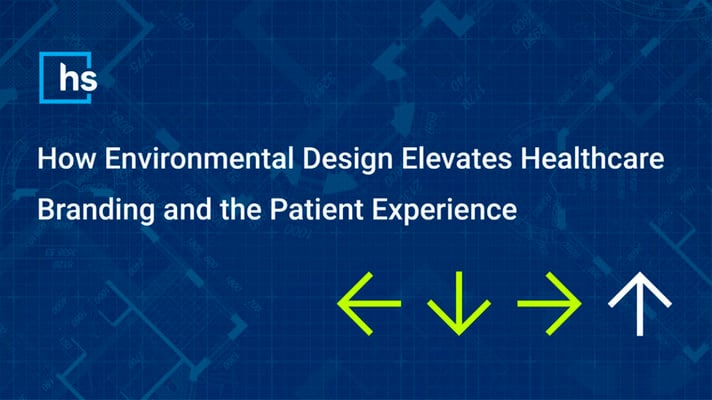
The healthcare marketplace is crowded.
As patient expectations continue to evolve, the need for thoughtful environmental designs that prioritize peace, tranquility, and healing cannot be overstated—they play a vital role in patient experiences and the perception of overall quality of care.
Studies have shown many positive effects of healthcare environmental design on medical outcomes. In addition to improving the patient experience, well-designed healthcare environments help reduce patient anxiety, speed recovery, provide an overall sense of well-being, and improve health outcomes.
In this post, I explore how environmental design for healthcare businesses can elevate your brand perception and patient experience.
Read on to learn:
Environmental architecture and design is a thoughtful augmentation of existing layout, lighting, and interior design elements that impact how a space feels and how people move through it.
When done right, healthcare environments impact how consumers perceive your brand and the quality of your products and services. Environmental design helps to reinforce healthcare businesses as places of care, comfort, and compassion. It also involves improving patient safety, accessibility, and patient well-being.
Environmental design for healthcare focuses on the following areas
“When designing a branded experience for healthcare businesses, it’s important to identify creative opportunities that align with the client’s vision and values and consider the patient's needs. You can achieve this by answering questions like
How can we work within the space to make the biggest impression and improve the patient experience?
Environmental and experience design goes far beyond simple aesthetics and decorative elements. It should improve the space’s functionality, accessibility, understanding, and comfort.”
- Brett Maurer, Senior Art Director at Healthcare Success
Environmental branding design can shape perception and build connection, trust, and credibility in four ways
Intentional environmental design is purposeful and considers patient needs and wants. It helps support patient perception and experience in several ways
Healthcare brands that prioritize patient-centered care and stylish, peaceful, thoughtful, and healing spaces that are easy to navigate exponentially improve comfort, privacy, and functionality while leading to higher patient satisfaction and better health outcomes.
There is a clear link between patient well-being and the creative design of healthcare spaces. Environmental design companies and skilled healthcare creative agencies understand that thoughtful environments can influence a patient’s healing process and directly impact their health outcome.
A well-designed interior that intentionally creates a calming and soothing atmosphere can reduce stress, improve patient comfort, influence their healing process, and directly impact their psychological well-being and health outcomes.
In a research report prepared for Johns Hopkins, an impressively high percentage (80%) of published studies found positive links between environmental design and patient health outcomes.
Here are three ways you can quickly alter your space to support patient well-being
Navigating a large healthcare facility can be challenging and stressful for patients, visitors, and even staff, especially if they have a disability. Wayfinding is the strategic use of signage, visual cues, color, and other design systems to help people navigate a large or unfamiliar space.
It also helps reduce confusion, alleviate stress, and lower non-attendance rates. Incorporating accessibility features like braille signage, ramps, handrails, and proper lighting improves inclusivity and allows people of all abilities to get where they need to be without assistance.
While healthcare environmental design and branding are very different marketing concepts, they can complement one another to elevate your healthcare business and its patient experience. Together, they can
Stewart Gandolf
Chief Executive Officer
The original version of this page was published at: https://healthcaresuccess.com/blog/branding/how-environmental-design-elevates-healthcare-branding-and-the-patient-experience.html
Founded in 2006, Healthcare Success is a respected, full-service brand performance marketing agency focused on healthcare and recognized as a thought-leader in the industry.
Coronavirus Notice to Clients and Prospective ClientsHealthcare Success remains fully operational and open for business despite the COVID-19 pandemic. We have taken the proper precautions ...read more
With a brand-new decade on the horizon, it’s time many healthcare practices, hospitals, health plans, and other organizations make serious shifts in the way they approach marketing. Are ...read more
Direct mail is not dead.At a time when email inboxes are overflowing, how else can you reach prospective patients in your area without overwhelming them?In fact, a piece of healthcare-related ...read more
Targeted advertising is powerful and effective. It relies on data about who your audience is and what they are looking for. Up until recently, advertisers had easy access ...read more